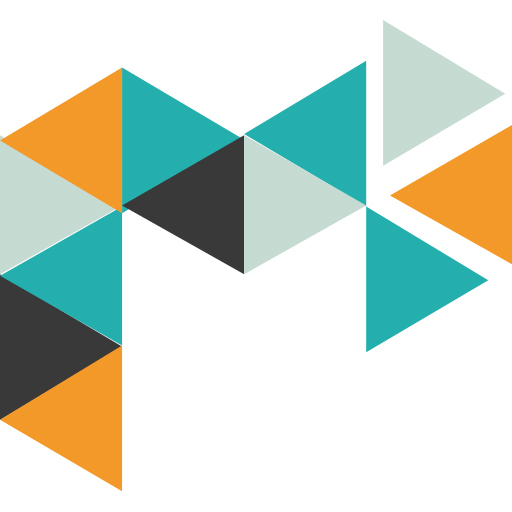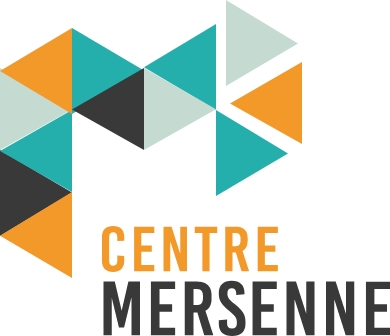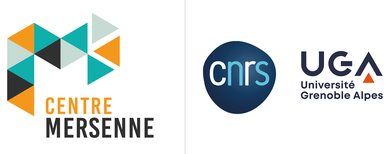When creating your scientific journal, you will create a website. What are the essential headings and what information should be included?
Legal information
Certain information must be included on a website, as specified in the law for confidence in the digital economy. A scientific journal must indicate the obligatory mentions of a legal entity (company), plus some additional obligatory mentions related to the publishing activity. The Ministry of the Economy, Finance and Industrial and Digital Sovereignty provides a summary table of these mentions.
In the case of a scientific journal, the following table summarises the information to be included in the “Legal information” section (Excel version):

Examples of legal notices
Example of legal notice in French, to be completed with your information.
Example of a legal notice in English, to be completed with your information.
Contact
The contact section allows you to reach the magazine. It may therefore contain any information useful for contacting the editorial secretariat or members of the editorial board:
- an e-mail
- a phone number
- postal address
Home
There are two main types of homepage: an introductory paragraph or a display of the latest publications.
The introductory paragraph gives a broad presentation of the journal: history, scope of the journal, funders, how the journal is consulted, etc. This is the case, for example, with the Annales Henri Lebesgue or the Annales mathématiques Blaise Pascal.

Some journals emphasise the value of their publications by providing direct access to the latest articles. This is the case, for example, with the Peer Community Journal or Open Geomechanics.

It is important to include the ISSN on the homepage and the legal notice at the bottom of the page.
Displaying the search engine on the home page also allows published articles to be highlighted.
Articles
This page displays either a list of all published journal issues, in chronological order, or the latest published issues. This page allows you to search directly for an article when you know the reference of the publication. A search engine also makes it possible to query the entirety of the articles and their content.
Some journals have a “forthcoming articles” page.

About
The ‘About’ page contains all information related to the organisation of the journal:
- Journal access policy: open access, publication fees (if there are none, please indicate).
- Propriété intellectuelle (attention : les droits d’auteurs abordés dans cette partie doivent être distincts de ceux appliqués au site web et définis dans les mentions légales) :
- Licence affixed to articles
- Copyright policy
- Dissemination policy (deposit in open archives)
- Politique éditoriale :
- Code of Ethics and Good Practice
- Themes and objectives
- Peer review policy
- Periodicity
- Archiving policy
- Partners and funders
Editorial Committee
This part, which is essential, identifies the various responsibilities within the journal: director of publication, editor-in-chief, editorial secretary, etc.
Guidelines for authors
In this section, authors will find instructions on how to write and submit an article to the journal:
Files preparation
- Submission format and style to be respected
- Accepted languages: for the article ? for the abstract ? for keywords?
- Mandatory information: title, names of all authors, affiliations and contact details of authors, abstract, keywords, text of the article, references, illustrations…
- Bibliographic style only for references
- Format and submission of illustrations and tables
Intellectual property
The intellectual property policy may be recalled here, or may appear only on this page.
Ethics
Declaration of ethics :
- the publication is an original work
- the publication does not contain plagiarism
- the publication does not contain any material that may contravene the law, etc.
- the author has obtained the agreement of all co-authors to publish
It is also interesting to propose a page “Instructions to rapporteurs” in order to guide the work of proofreading as well as possible: deadlines to respect, criteria to apply…
Footer

The footer traditionally contains the following information:
- the ISSN
- the logos of publishers, distributors, developers
- a link to the legal notice
- a contact link
- the icon for subscribing to the journal’s RSS feed
Terms and conditions of use
The Portal for the Digital Transformation of Enterprises offers a tutorial for drafting general terms and conditions of use.
Why GTU?
The General Terms of Use (GTU), in French “Conditions générales d’utilisation” (CGU), is a contractual document governing the terms of interaction between the provider of a service and its users. For websites, the GTUs specify the general functioning of the site and determine the rights and obligations of the website publisher and its users. They are not compulsory but we recommend that they are given a page on the site.
They allow the site editor to clear his name in the event of inappropriate behaviour by certain users.
What information should be included?
Description of the services, purpose and operation of the website
Specify for example:
- objective: to allow browsing, reading and downloading of articles and their metadata, submitting articles.
- the user must use the site in accordance with its purpose
- the user must not attempt to interfere with the proper functioning of the site
Intellectual property provisions
Specify:
- the intellectual property rules that apply to the site’s databases, illustrations, presentation texts and logos
- any total or partial use of the site or its contents, by any means whatsoever or on any medium whatsoever, for commercial or advertising purposes, is prohibited and renders the user liable
- possibility to use the information for personal or research purposes
- Please note that the licence for downloadable articles is indicated on the document and on the journal’s website.
- the personal data protection policy.
- authorisation for the creation of hypertext links.
Rules delimiting the responsibility of the site editor: access, damage, content and links
Examples:
- the publisher makes every effort to ensure that the information is accurate, up-to-date and accessible
- access limits of the internet network
- damage resulting from the use of documents and information contained on the site
- damage resulting from viruses, fraudulent use of the site or intrusion into the computer systems of the service provider
- content of scientific publications hosted on the site
- conditions of access, content, advertising and services offered by the sites pointed to by hypertext links
- possibility for the publisher to remove contentious content
Applicable law and jurisdiction
Specify:
- French law
- attempt to settle out of court
- relevant court


